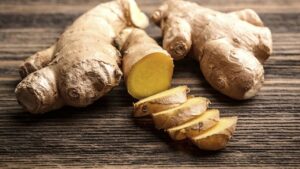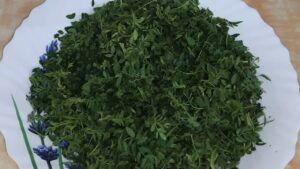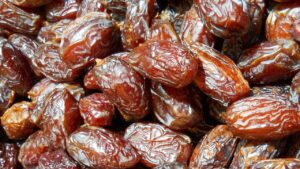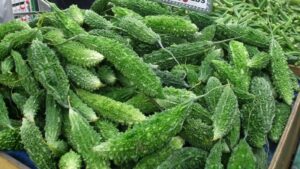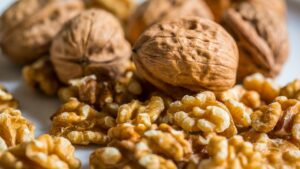Let’s explore the wonderful world of Indian and Bengali cuisine and get to know the versatile Malabar spinach, fondly known as ‘Pui Shaak’ in Bengali.
This leafy green is a star ingredient in various dishes, bringing its unique flavor and nutrition to the table.
We’ll take a simple and easy-to-understand journey into the delicious recipes where Malabar spinach shines, from tasty curries to crispy fritters.
Join me as I uncover the many ways this special green leaf adds a tasty twist to traditional Indian and Bengali cooking.
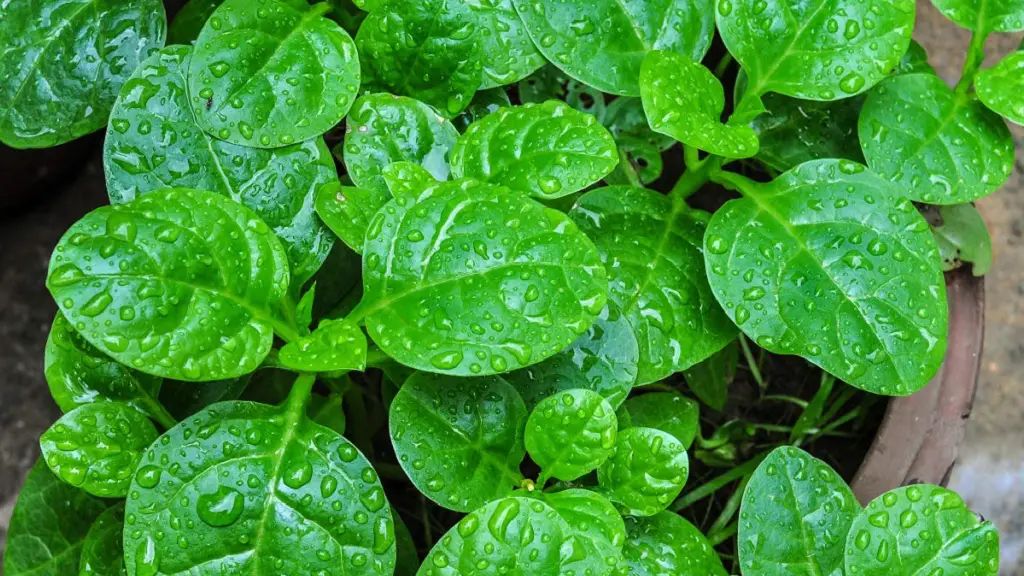
Key Takeaways:
- Versatile Ingredient: Malabar spinach, known as ‘Pui Shaak’ in Bengali, is a versatile leafy green used in various Indian and Bengali dishes.
- Unique Flavor: Malabar spinach offers a mild, slightly peppery taste with a hint of citrus, complementing other ingredients.
- Delicious Recipes: Explore a range of delightful recipes featuring Malabar spinach, from curries and soups to crispy fritters and gravies.
- Culinary Journey: Join us on a journey through Indian and Bengali cuisine, discovering how Malabar spinach enhances the flavor and nutrition of traditional dishes.
- Cooking Tips: Learn valuable cooking tips, including blanching, sautéing, and using Malabar spinach in curries, stir-fries, and soups, to create delicious meals.
Exploring Malabar Spinach in Bengali and Indian Cooking
Malabar spinach, known as “Pui Shaak” in Bengali, is a versatile and nutritious leafy green that plays a significant role in Bengali and Indian cooking. Let’s take a culinary journey through the various dishes where Malabar spinach shines:
Pui Shaaker Chochori: This Bengali classic combines Malabar spinach with seasonal vegetables like potatoes, radishes, eggplants, and pumpkins. Spices, including the iconic Panch Phoron, are used to enhance the flavors. The mild taste of Malabar spinach allows other ingredients to shine.
Pui Shaker Metuli: A signature Bengali dish featuring Malabar spinach seeds and commonly used vegetables.
Malabar Spinach Curry with Fish: Bengalis love to pair Malabar spinach with fried fish heads, such as ruhi, catla, or hilsa. This fusion, known as “Chanchra,” is a traditional favorite, often served at special occasions.
Malabar Spinach with Shrimp: Sometimes, this leafy green is combined with medium-sized shrimp, creating a unique and flavorful dish.
Basale Soppu Curry/Saaru: In the Malnad and Karavali regions of Karnataka, Malabar spinach is cooked with curd and soupy raita, sometimes with jackfruit seeds.
Basalede Kunhi Pindi: Beary Muslims in Karnataka prepare this dish with small rice dumplings coated in gravy made from dried tuna and Malabar spinach.
Malabar Spinach Curries in Orissa: This leafy vegetable is used to prepare various curries.
Valchi Bhaji and Shrimp Curry: In the Western Ghats of Maharashtra, Malabar spinach is fried and enjoyed as “Valchi Bhaji” or “Daento.” It’s also featured in a popular Mangalorean dish with shrimp.
Gujarati Pokoras: In Gujarat, large and tender Malabar spinach leaves are coated with besan (gram flour) mixture and deep-fried to make “Pokoras,” locally known as “Poi Na Bhajia.”
Malabar Spinach Soup: A simple and healthy dish where the leaves are blanched, strained, and blended to achieve a creamy texture. Some versions include a dollop of cream for added richness.
Malabar spinach’s ability to complement both vegetarian and non-vegetarian dishes showcases its versatility.
Whether in traditional Bengali classics or innovative regional recipes, this leafy green adds a unique and nutritious touch to Indian cuisine.
Mastering Arts of Cooking Malabar Spinach
Selection and Cleaning: Choose fresh Malabar spinach leaves that are bright green and free from yellowing or wilting. Wash them thoroughly under running water to remove any dirt or sand. Trim the tough stems and use the tender leaves and shoots.
Blanching: To retain the vibrant green color and remove any bitterness, blanch the Malabar spinach leaves by briefly immersing them in boiling water for about 1-2 minutes.
After blanching, transfer them to a bowl of ice water to stop the cooking process. Drain and squeeze out excess water before using.
Sautéing: Malabar spinach can be sautéed with garlic, onions, and spices for a simple and flavorful side dish. Heat oil in a pan, add minced garlic and onions, and sauté until fragrant.
Add the blanched Malabar spinach and spices of your choice, such as cumin, turmeric, and chili powder. Cook until the leaves are tender.
Curries: Malabar spinach is a great addition to curries. Include it in your favorite curry recipe by adding blanched Malabar spinach towards the end of the cooking process. This allows the leaves to absorb the flavors of the curry without overcooking.
Stir-Fries: Create a quick stir-fry by tossing blanched Malabar spinach with other vegetables like bell peppers, carrots, and tofu or paneer. Use soy sauce, ginger, and garlic for an Indo-Chinese twist.
Soup: Make a nutritious soup by blending blanched Malabar spinach with vegetable or chicken broth. Season with spices like black pepper and garnish with a dollop of yogurt or cream.
Dal: Enhance the flavor and nutrition of your lentil (dal) dishes by adding chopped Malabar spinach leaves during the cooking process. They complement the earthy flavors of lentils beautifully.
Gravy: Create a creamy gravy by blending blanched Malabar spinach with yogurt or coconut milk. Use this mixture as a base for various Indian dishes, such as Malai Kofta or Palak Paneer.
Fritters (Pakoras): Dip Malabar spinach leaves in a gram flour (besan) batter seasoned with spices and deep-fry them to make crispy fritters. Serve with mint chutney.
Remember that Malabar spinach cooks relatively quickly, so avoid overcooking to preserve its vibrant green color and mild flavor.
Experiment with these cooking tips to incorporate this nutritious leafy green into your Indian culinary creations.
Is Malabar Spinach Tasty?
Malabar spinach is mild and semi-succulent. It really tastes good when prepared with other vegetables and even non-veg items.
Different states across India cook the leaves in different ways according to their own culinary tradition.
Questions & Answers:
Is Malabar Spinach Edible?
Yes, it is an edible leafy vegetable.
How Long Does Malabar Spinach Take to Cook?
Not more than 15-20 minutes….
Which Part of Malabar Spinach is Best?
Definitely the leave.
Conclusion
In conclusion, our journey into the world of Indian and Bengali cuisine with the versatile Malabar spinach, or ‘Pui Shaak,’ has been a flavorful and nutritious adventure.
We’ve explored various delightful recipes where Malabar spinach shines, from classic Bengali dishes to innovative regional creations.
Armed with cooking tips, we’ve learned how to make the most of this leafy green’s unique qualities.

